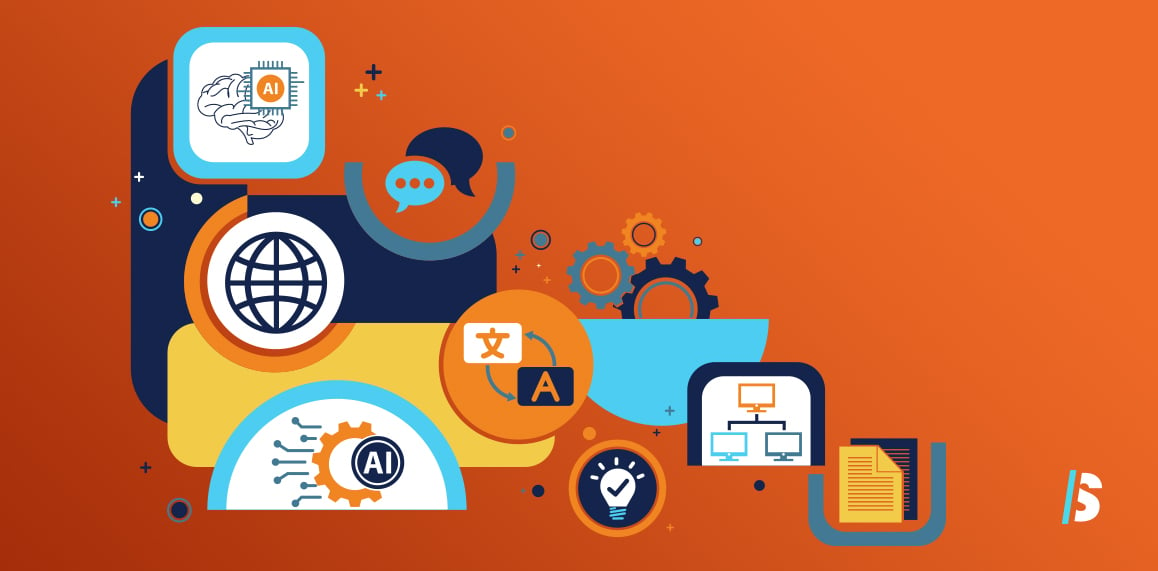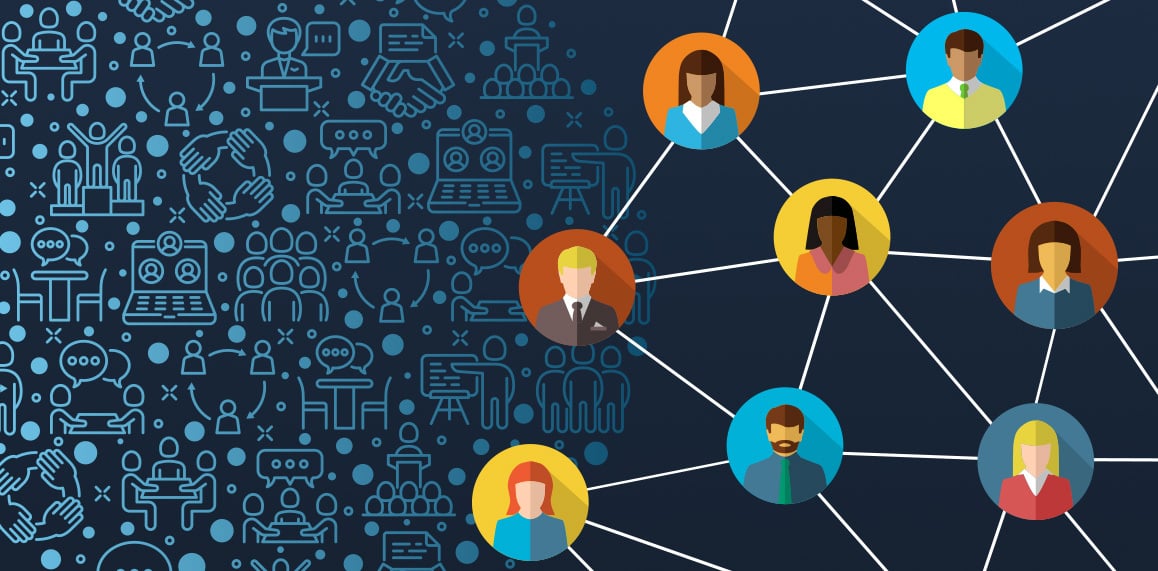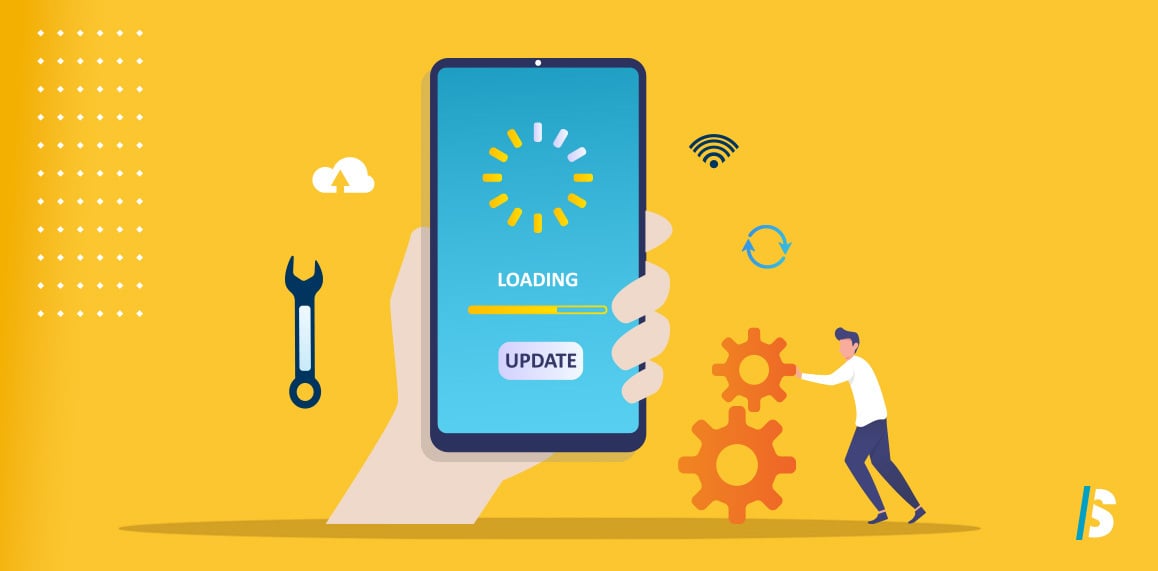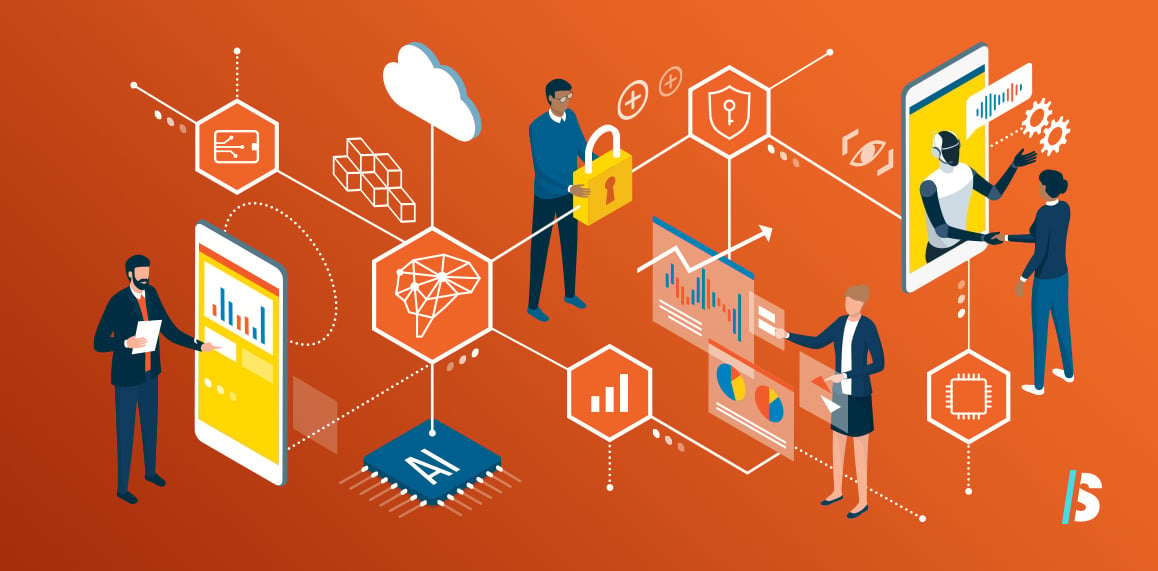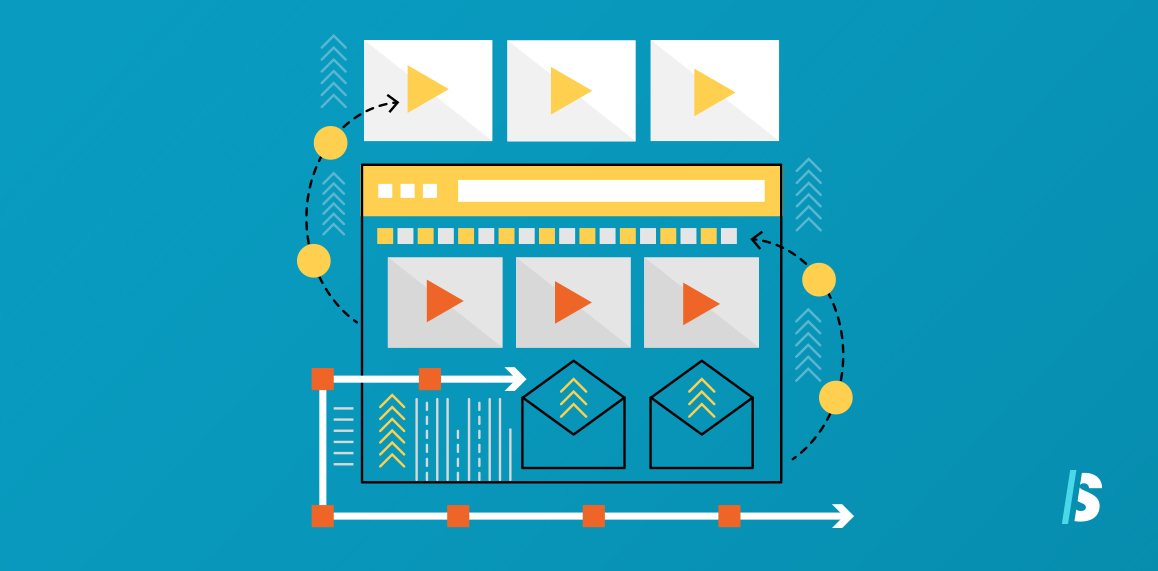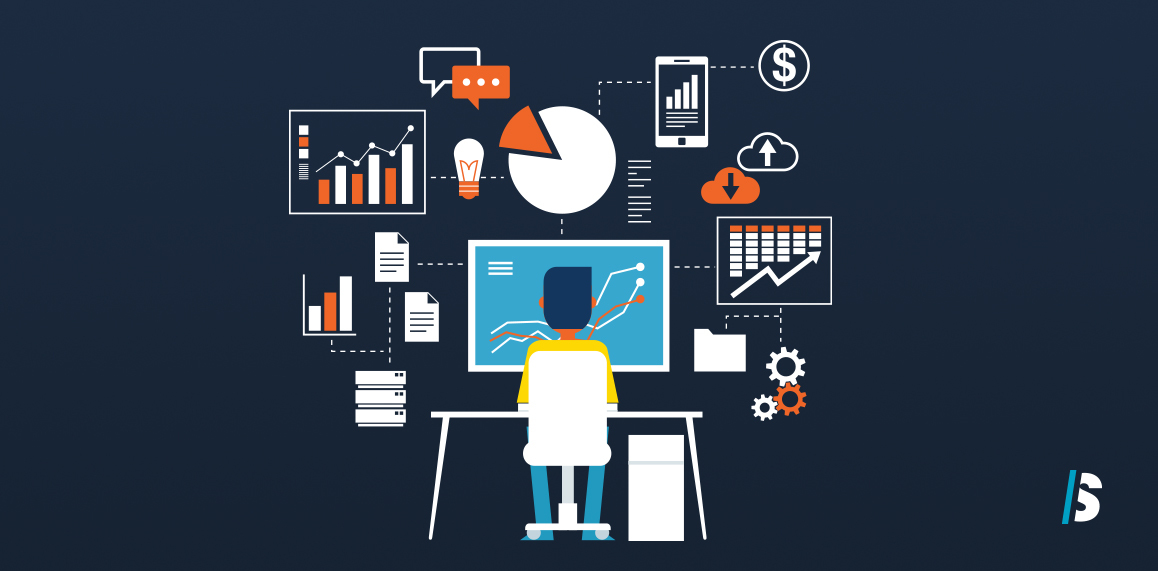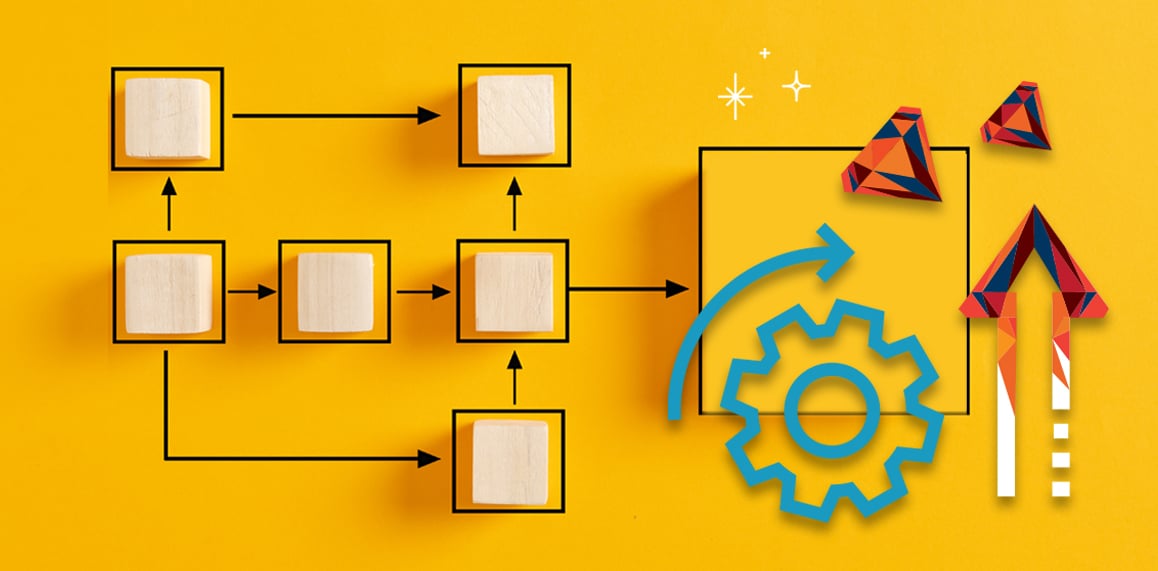BLOG
THE REPOSITORY
Leave no possibility unexplored. Discover software and development insights, technology
reviews and more to start reinventing the way you do business.
October 22, 2025
What if you could clone your brain and have it answer emails, prep briefs, troubleshoot issues, or train new team...
August 5, 2025
Artificial Intelligence holds immense promise for driving innovation, but finding your starting point can feel...
May 21, 2025
Like any organization trying to find our place in the blooming Artificial Intelligence landscape, Shift’s approach has...
November 26, 2024
The world of work has changed. For many of us, "going to the office" now means walking from the bedroom to the living...
July 13, 2024
Your company has a web application, mobile app, and/or website that gets thousands of users every single day. Questions...
March 25, 2024
Your company has a web application, mobile app, and/or website that gets thousands of users every single day. Questions...
March 6, 2024
Ok, so you have a software application. There is a logo, some colors, buttons, and maybe even brand guidelines if...
February 22, 2024
Did you miss our webinar with Elevate by Principal? No worries — we recorded it for ya! Whether you're a seasoned AI...
January 29, 2024
For Shift, 2023 was an incredible year. I saw our team grow in ways I never could’ve imagined — from diving head-first...
December 19, 2023
When it comes to Rails upgrades, our friends at FastRuby.io and OmbuLabs know what's up. They're who we turn to when we...

